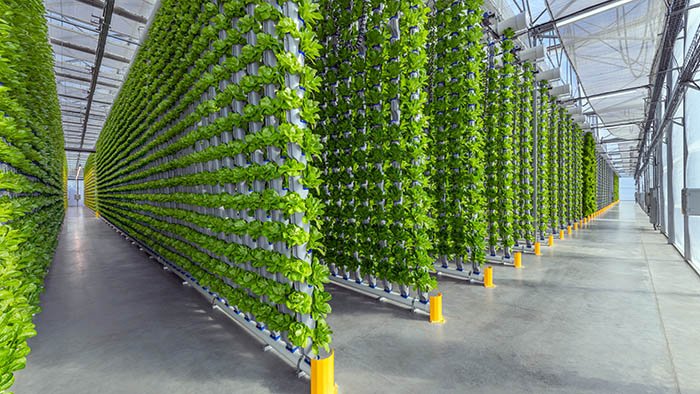High Energy Costs
Despite efficiency gains, indoor lighting and climate control consume substantial electricity—often making vertical produce 3–5 times more expensive than field‑grown equivalents without subsidy or renewable energy integration FoodNavigator.com.-
Capital Intensity and Scalability
Building a large‑scale vertical farm demands significant upfront investment in infrastructure, automation, and real‑estate—barriers that keep many operations at pilot or regional scale. -
Crop Selection Constraints
Most successful vertical farms focus on high‑value leafy greens and herbs. Root vegetables and staple grains remain economically unviable indoors due to space, weight, and harvest complexities. -
Integration with Power Grids
To mitigate peak‑load concerns, farms need grid upgrades or dedicated renewables. Some innovators are pairing solar roofs or biogas generators to offset energy demands.

No comments:
Post a Comment